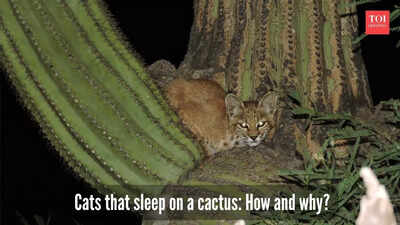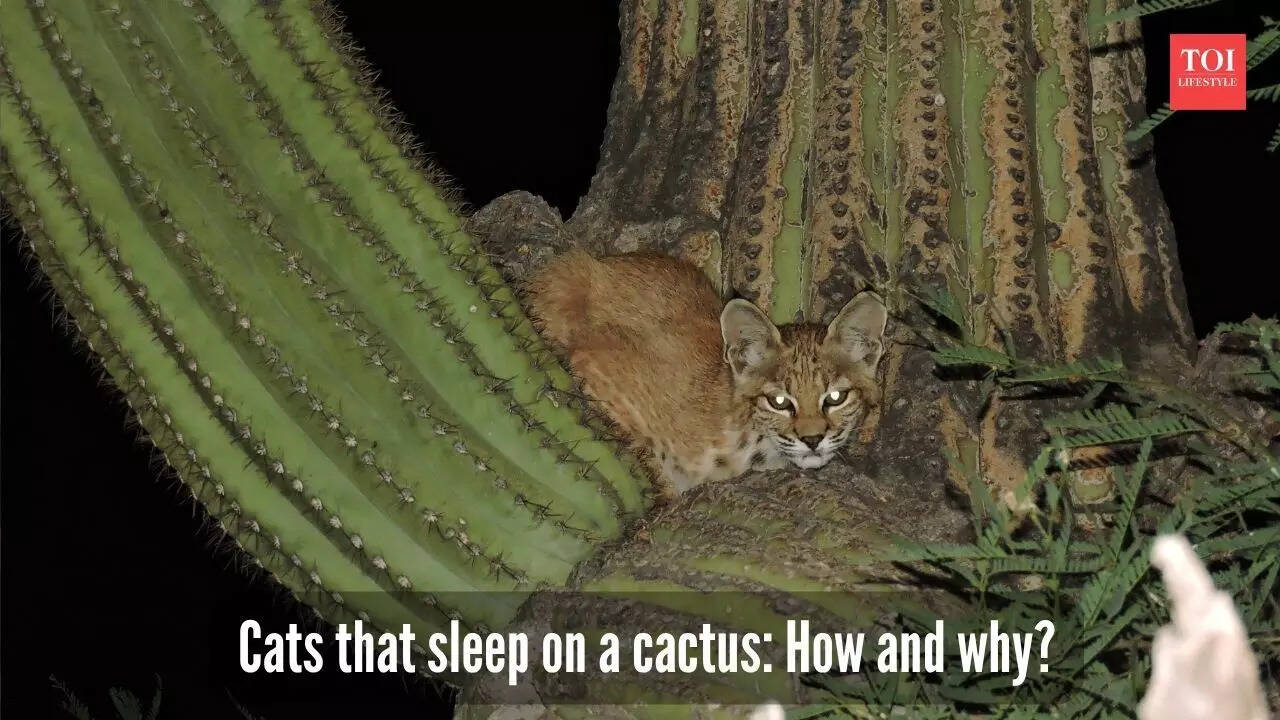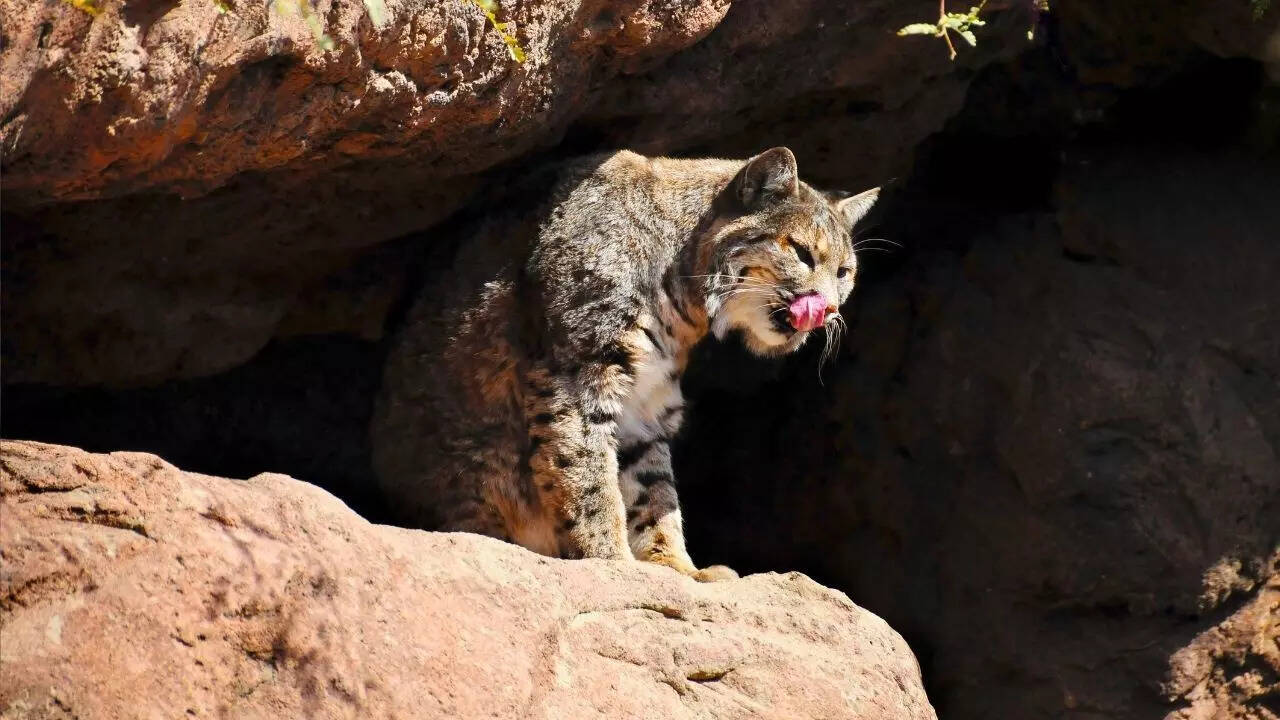ARTICLE AD BOX

Bobcats in the American Southwest have adapted to their harsh desert environment by resting on saguaro cacti. Their tough paw pads protect them from spines, while the cactus offers refuge from predators and relief from extreme heat. This behavior, coupled with their crepuscular activity, ensures their survival.
Cats are one of the most elusive and mysterious creatures, and while it may seem like a scene out of Alice in the wonderland movie to hear about a wild cat sitting comfortably on a cactus, surrounded by needle-sharp spines, it is actually real!In the deserts of the American Southwest, where the conditions are more hostile than hospitable, this expected sight is very real.
A bobcat, a medium-sized North American species, can often be seen curled up safely on the arms of a saguaro cactus.
This is not just a whimsical choice but the key to survival in an unforgiving environment.

Bobcats sleep on cactus (Photo: Canva)
How do these cats manage to stay on a cactus without getting hurt
It’s quite surprising to know that bobcats can climb such dangerous terrain without injury. Their thick, tough paw pads, developed for rough surfaces, protect their feet from sharp cactus spines, helping them to grip firmly and climb confidently.According to catsexplore.com, their flexibility and balance, which they acquire over time from scaling trees and rocky cliffs, help them well in cactus climbing. This bodily adaptation lets them move back safely to these strange, but secure, sleeping spots. The spines, which can grow up to 7 centimeters long and are as sharp as steel needles, do not deter these cats thanks to their protective adaptations.

Bobcats (Photo: Canva)
But why do these cats risk the prickly danger of a cactus to sleep?
Over time, bobcats in Arizona’s desert have discovered an unexpected method to endure the extreme conditions, where they take refuge on cacti.
The towering saguaros serve as natural fortresses where bobcats can escape from predators such as mountain lions, coyotes, and owls.
Protection against predators
While these predators roam the desert floor, the spiny arms of the cactus make it impractical for larger animals to follow, giving the bobcat a completely unexpected safe spot from these dangerous predators. The cactus arms provide protection and a “natural lookout point,” helping the bobcats keep watch for danger while remaining well hidden and out of reach.
Defense against heat
The harsh desert environment demands more than just escape from predators; in such regions, heat is a daily challenge. The high, shaded arms of the saguaro cactus provide a cool resting place where bobcats can avoid the scorching ground temperatures. The cactus's tall structure allows it to benefit from airflow and shade that the flat desert surface lacks. This provides these felins a relief from heat stress while also staying safe, especially because daytime desert temperatures can soar beyond 33°C.

Bobcats (Photo: Canva)
Their activity depends upon the Sun’s movement
Bobcats adapt their activity to the conditions of their habitat by being most active during dawn and dusk, known as crepuscular periods. This helps them avoid the extreme heat of the day and also reduces their risk of encountering predators. Studies, like one published in PLOS ONE, show that bobcats adjust their movements to balance hunting opportunities with temperature and safety. They rest during the hottest parts of the day, often on cactus perches that provide shade and protection, and use cooler night hours to move around more.
This behavioural flexibility helps them survive in harsh desert environments efficiently

 14 hours ago
5
14 hours ago
5








 English (US) ·
English (US) ·